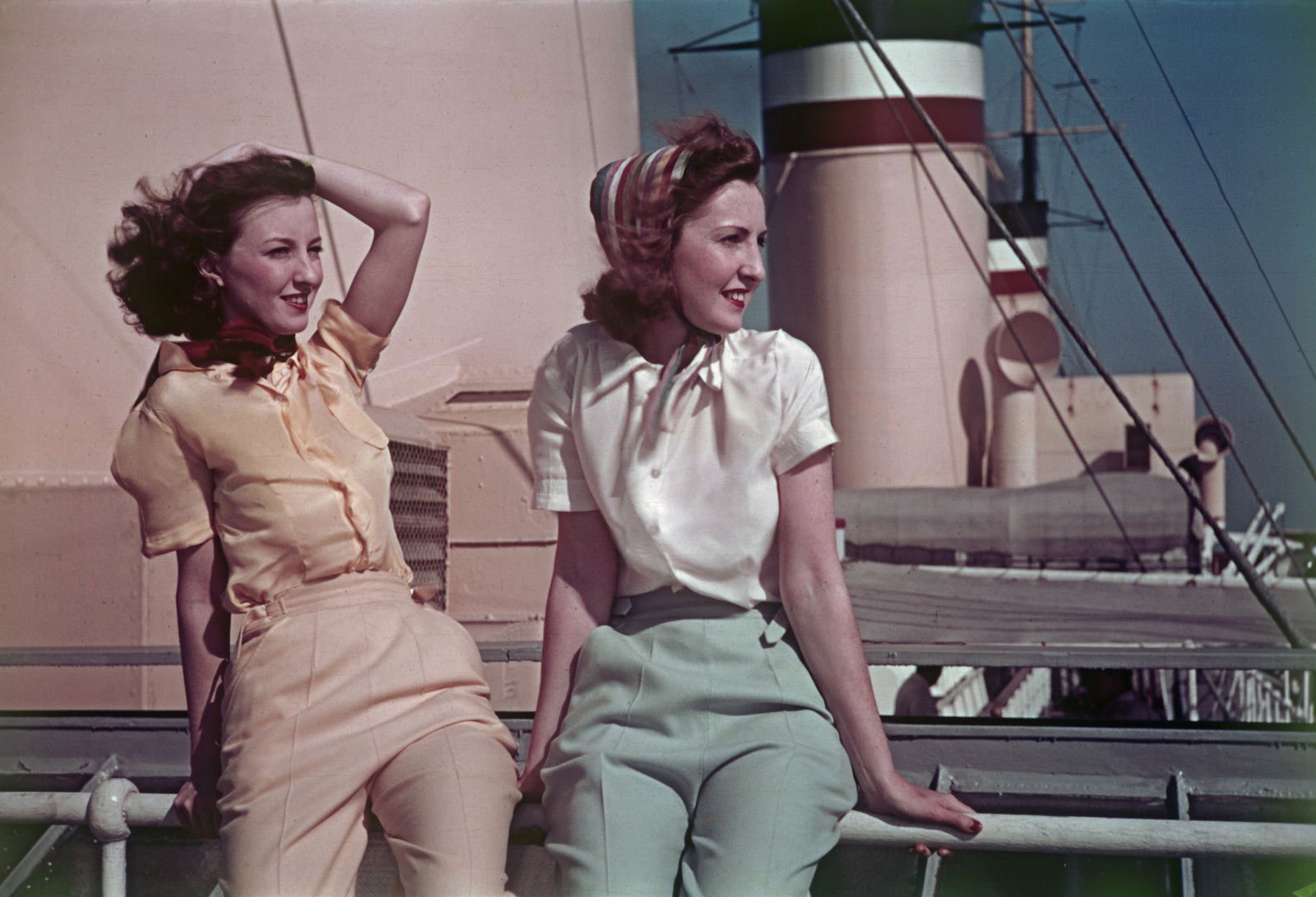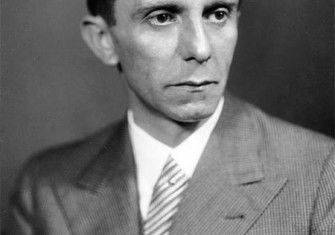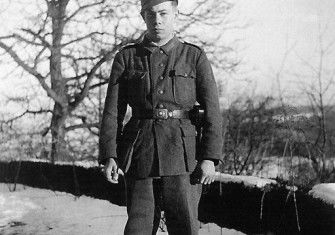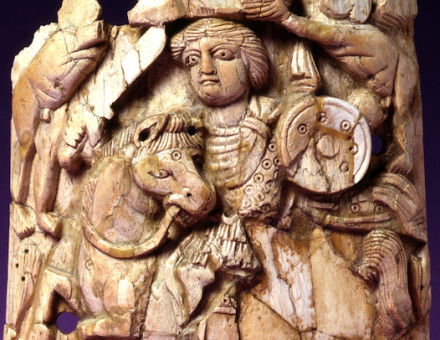Fashion and the Third Reich
Fronted by Magda Goebbels, the Deutsches Modeamt was an attempt by the Nazis to put the fascist into German fashion.

One of the more surprising aspects of Hitler’s arrival in power in 1933 was the foundation of a German Fashion Institute. Known as the Deutsches Modeamt, it was a reflection of Nazi attempts to control every aspect of women’s lives, including what they wore.
Hitler was an unlikely fashionista – despite overseeing the uniform for the Bund Deutsche Mädel, his approach to feminine adornment was generally negative. He hated make-up – often remarking that lipstick was composed of animal waste – and disapproved of hair dye. Perfume disgusted him, though he bowed to Eva Braun’s enthusiasm for it, and smoking was revolting. Trousers were out, too, as unfeminine, and fur was horrific because it involved killing animals. Yet he displayed a typical ambivalence about fashion, proclaiming that ‘Berlin women must become the best dressed in Europe’, and claiming ‘what I like best of all is to dine with a pretty woman.’







